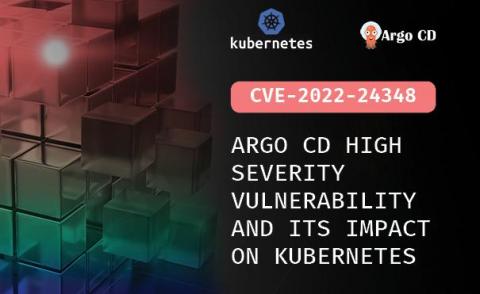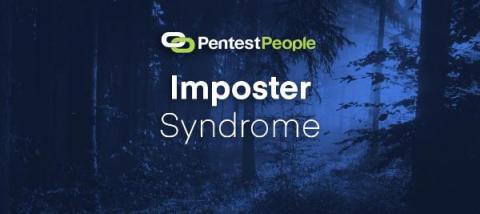CVE 2022-24348 - Argo CD High Severity Vulnerability and its impact on Kubernetes
Researcher Moshe Zioni from Apiiro, discovered a major software supply chain critical vulnerability - CVE-2022-24348 - in the popular open-source CD platform Argo CD. Exploiting it enables attackers to obtain sensitive information like credentials, secrets, API keys from other applications. This in turn can lead to privilege escalation, lateral movements, and information disclosure.











